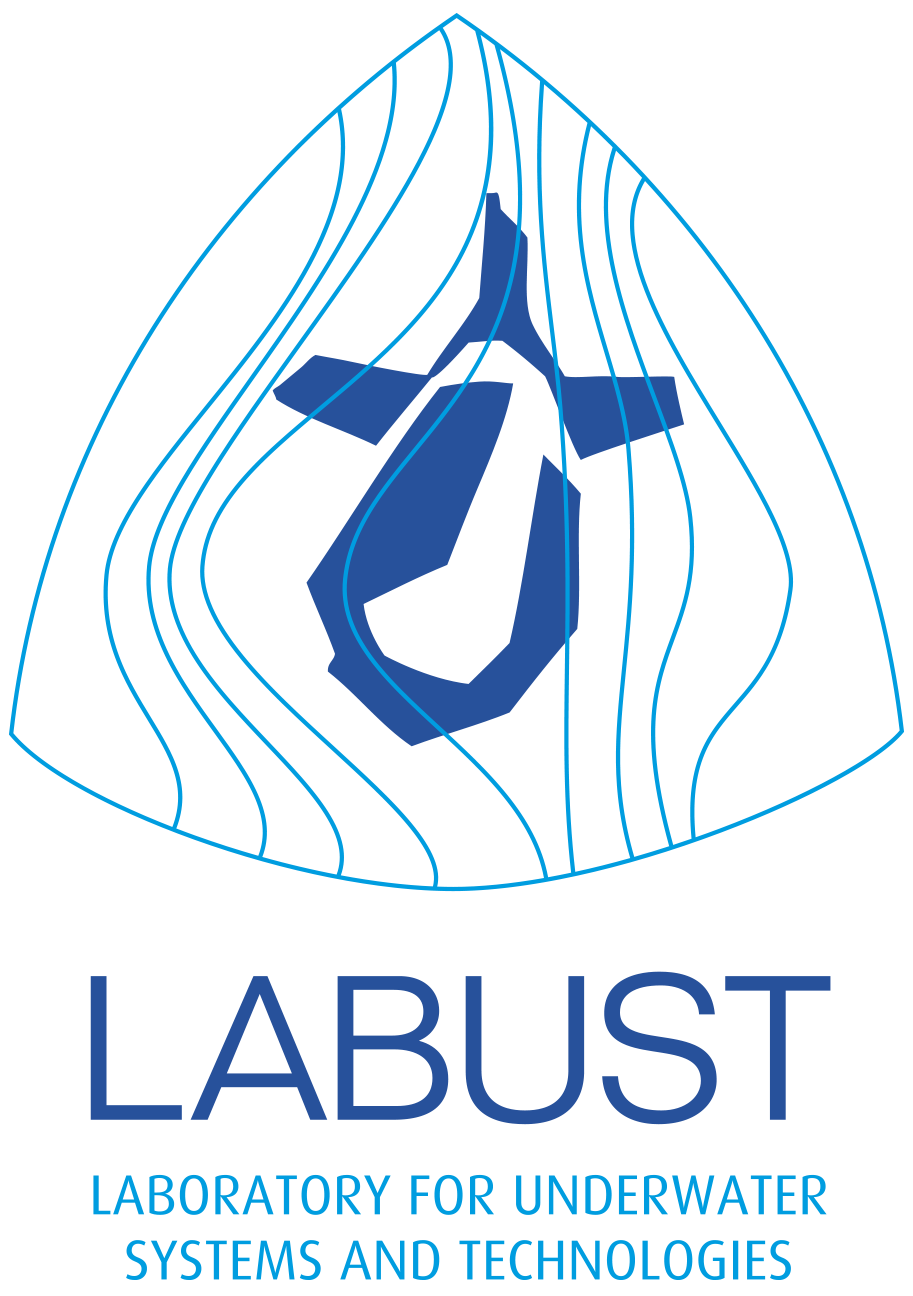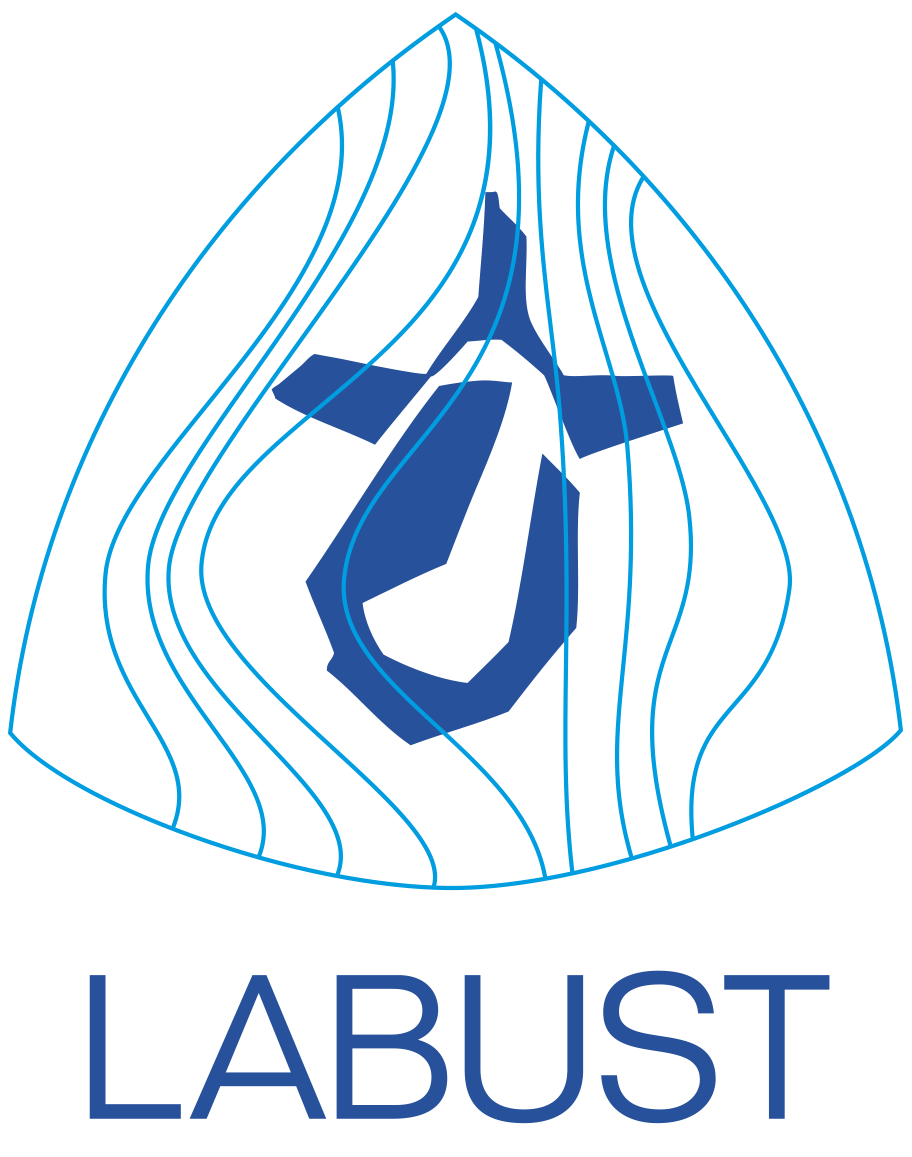PlaDyPos (also known as "aPad" or "H2Omni-X") is an unamnned surface weichle fully designed and developed by LABUST members.
|
|
Size and dimensions:
Weight:
Payload: |
The main characteristics of PlaDyPos surface vehicle:
- Lightweight: PlaDyPos are one-man portable which significantly extends the potential market by removing traditional large-scale autonomous marine vehicles from the picture. Further on, this alleviates the use of multiple vehicles since logistic requirements are significantly reduced
- Highly manoeuvrable – PlaDyPos are equipped with 4 thursters that enable omnidirectional motion (in all directions) or dynamic positioning (DP) while attaining arbitrary orientation. This is of great importance in marine surveillance applications where the angle of view does not coincide with the direction of motion
- Fault-tolerance – due to redundancy in actuation, PlaDyPos can continue its operation even when one of the thrusters is faulty, which is often the case when operating in polluted areas
- Scalability – they operate as single vehicles, cooperative multi-robot systems, and as a swarm
- Exchangeable payload - large number of sensors: cameras, sonars, acoustic & positioning systems
- Open source – the onboard software architecture is based on Robot Operating System (ROS), thus allowing easy transfer of numerous open source available algorithms;
- Long-term operation - exploiting solar energy via onboard solar cells, highly resistant carbon fiber hull, and advanced fault tolerant and energy efficient control algorithms;
- Autonomous or wireless remote operation
- One-man portable, very easy to deploy and recover
Robot Operating System (ROS):
- Open-source
- Flexible framework for developing robot
- Software and integrating robot
- Hardware drivers
.jpg) |
.jpg) |
|
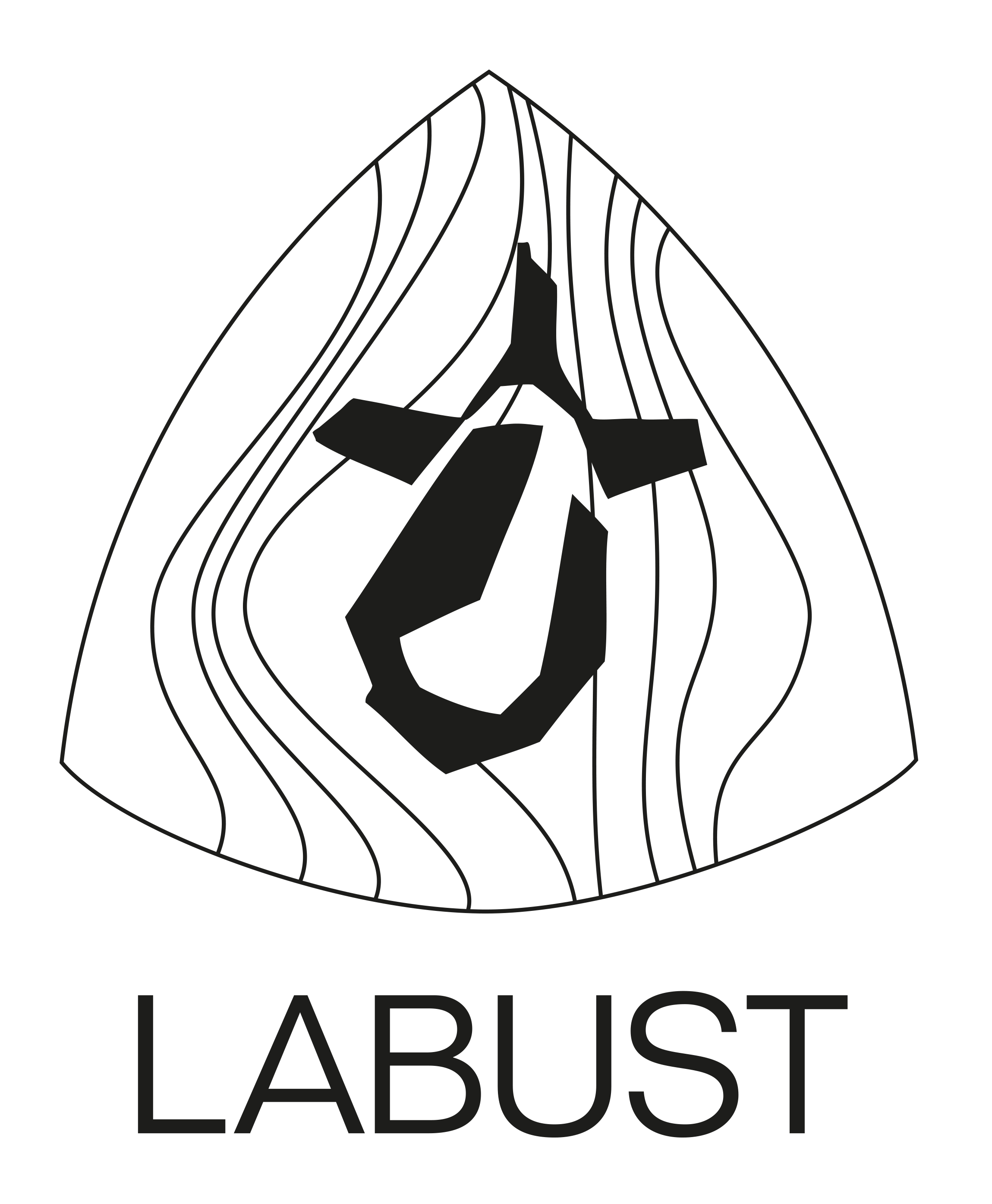

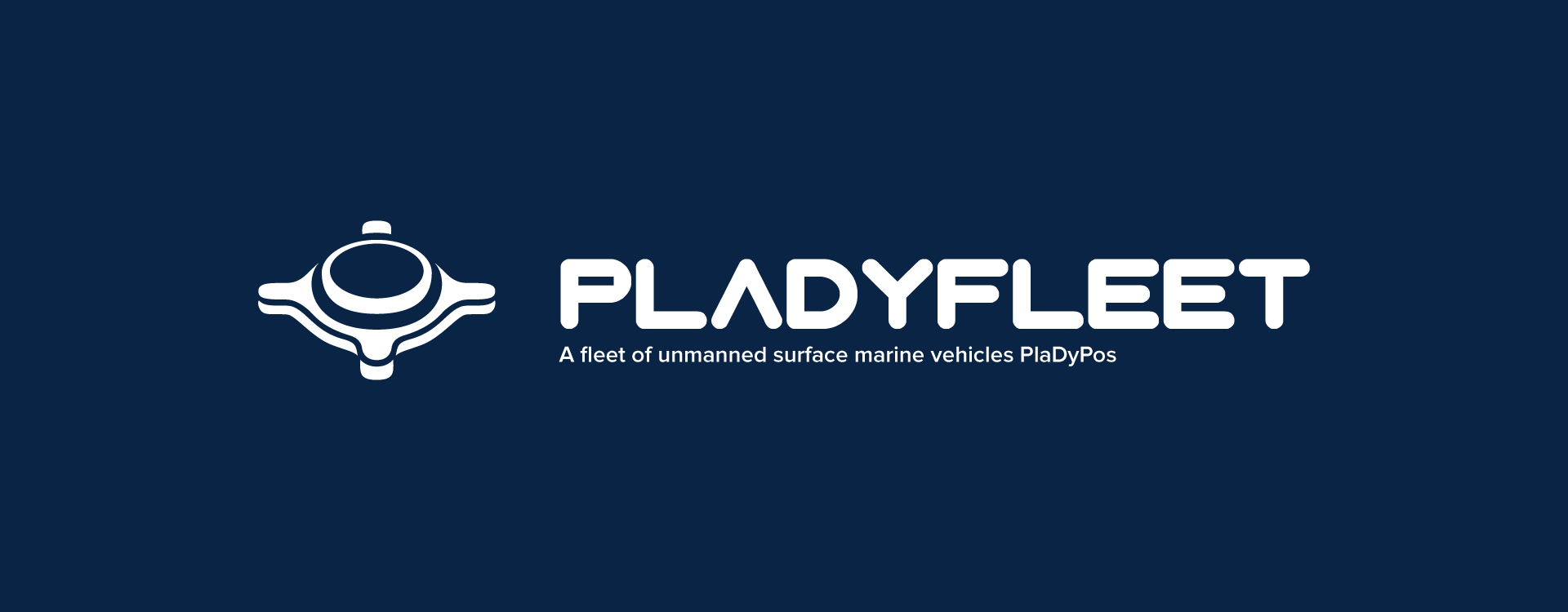


.jpg)
.png)

